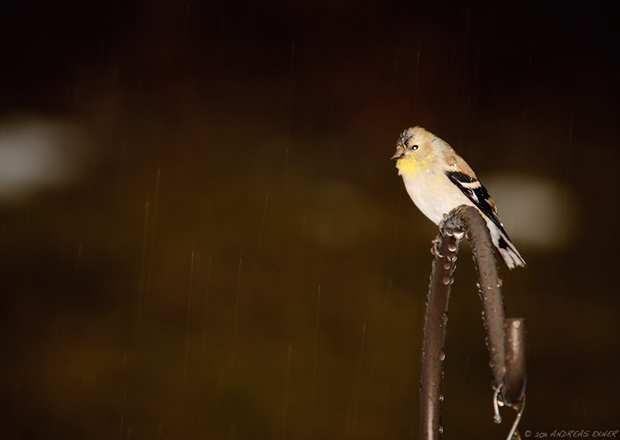Visitors of my photo galleries at phase.com may know that I have a little gallery with images of sign boards. I started it in 2007 when I became serious with digital photography and after I bought my first DSLR. I like sign boards. They add charm to a business or a street and many are artfully crafted.
Beside having always fun to look out for them, taking pictures of sign boards has taught me a lot for my photography. I learned about white balance, exposure compensation, depth of field, perspective, and many other technical aspects of taking pictures. I learned about the importance of background for an image. With sign boards it can be quite a challenge, because you can't always choose your background and perspective. They usually hang high up above the store front and I'm like most people, I don't carry a ladder with me ;-) . If you visit a city during a period of very flat or very harsh light and with no opportunity to come back at a different time, this will add another challenge if you want to get the image anyway. And that leads directly to what comes after the picture was taken. Working on my sign board images in Adobe Lightroom or Photoshop taught me a lot about dealing with the flaws, like over or under exposure, white balance issues, unwanted reflections, you name it. Sign boards are an ideal subject to experiment with different ways of sharpening and noise reductions. They helped me to create a processing work flow that works for me. When I looked at my older pictures (yep, four years are a long time in digital photography ;-) ) I thought sometimes about redoing them again in post. Would be no problem since I always shoot in RAW. But it is what it is. I will only exchange them in my gallery if I come home with a new and better image.
No, it doesn't have to be sign boards. I can think of many other little photography projects that would be fun to focus on over a longer period of time. The sign boards helped me to learn and to deal with the technical aspects of my photography. If you like to see the complete collection, please feel free to click HERE, and let me know what your little or big project is.

















